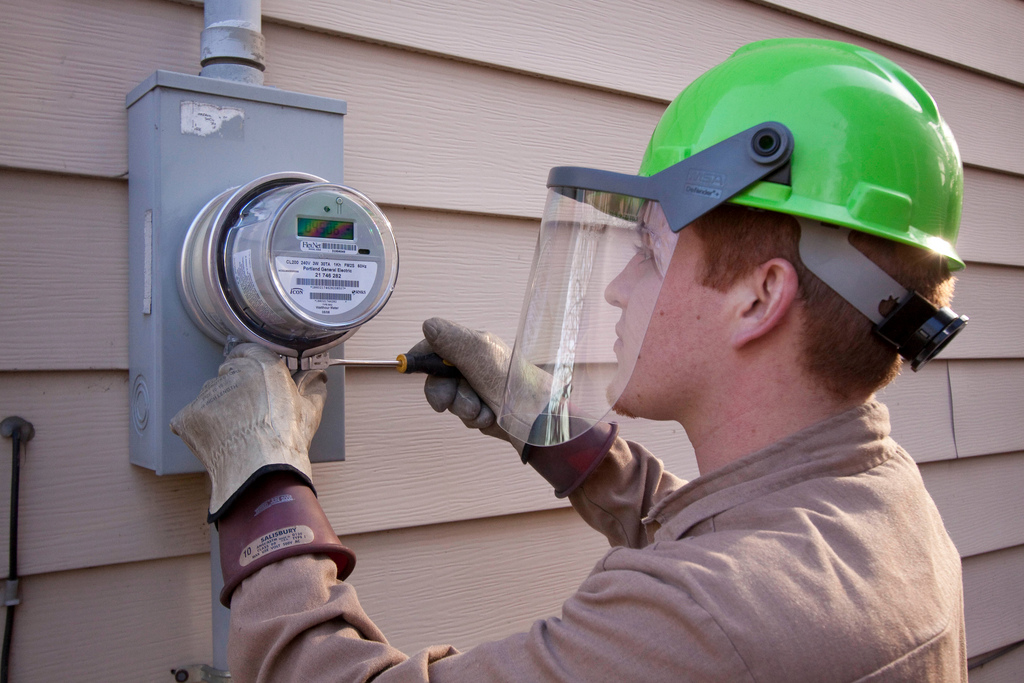 100% stable communications will be required by utilities in the not too distant future. This is driven by a number of factors, primarily the need to receive reliable meter readings for various purposes not least of which is accurate and trusted billing to customers.
100% stable communications will be required by utilities in the not too distant future. This is driven by a number of factors, primarily the need to receive reliable meter readings for various purposes not least of which is accurate and trusted billing to customers.
As smart meters get more intelligence built-in, the reliability and security of communication becomes even more critical as these devices will provide edge intelligence which needs to be reliable and trusted for grid operations.
Business needs before technology. Number of communication transmission technologies can be applied, and technology choice can have serious implications on the service delivered as well as the future proofing of the communications architecture.
Communication noise and barriers to stability.
There are a number of communication technology options from power line communication (PLC), mobile broadband to radio. Each by their nature will suffer from communication noise particularly in the extreme environment of meter data which has to navigate its way through domestic noise, electric noise and all forms of radio noise. With the ever increasing noise levels, technology solutions need to be found to block this interference.
Assessing the technologies for data transmission
As the primary function for power lines is the delivery of electricity – which is unlikely to change – this complex and noisy environment causes various forms of interference in PLC which can result in unstable communications. For PLC, electrical noise is created by various in-home devices and gadgets like TVs and fridges and these will impact the noise level on communication lines. As the level of in-home technology increases, more noise will be generated. Therefore, solutions must be able to accommodate for this type of noise in general since it is bound to increase in the future.
The interference factors include:
Load-impedance changes will affect PLC signal voltages coupled onto the power lines, which directly impacts the transmission distance. Changes in power factor and location of power loads will change load impedances dynamically over time.
Attenuation on selective PLC carrier frequencies: The random switching of electrical devices on a power distribution network may lead to changes in power parameters, resulting in attenuation on PLC signals on selective frequencies. When certain frequencies are unsuitable for PLC, changing to different frequencies for communication might yield better results.
Strong noise interference: Electrical equipment on the power grid, such as switchedmode power supplies and inverters, can produce significant amounts of interference on multiple frequencies that vary randomly.
PLC-based solutions rely on low noise-levels on the distribution grid, and while utilities are unable to switch off gadgets that are creating high noise levels, they are equally reliant on products that filter out unwanted noise, at the expense of either the utility or its customers.
Radio-based solutions, including mobile and broadband can be blocked by wireless noise carried on the same frequency as the communication to the meters, and the radiobased solutions must be able to overcome these challenges.
The primary challenges include:
Channel sharing: The wireless medium needs to be shared among multiple transceivers which need mechanisms for not accessing the channel at the same time.
Interference: Wireless receivers may be affected by interference from external noise or communication on nearby frequency ranges. These sources of interference need to be mitigated when designing wireless protocols.
Range: The range of the wireless signal is limited by the physical nature of the channel. Factors affecting the range include frequencies, transmission power, receiver sensitivity, and path loss (mainly physical barriers in the environment such as concrete walls or metal cabinets).
Security: Eavesdropping on a wireless channel is easy and cannot be detected, so data must be kept secret using methods such as encryption.
Feel the difference: D-MESH TECHNOLOGY COMPANY DJV-COM: CONNECTION ALLWAYS AND EVERYWHERE. D-MESH is:
Safety margin when increasing the level of noise – 100% stable connection. No need for dedicated frequency band: operation at ISM band. It does not depend on physical damage of the canal – transmission by the radio. It does not depend from external power supply – battery power. Reservations: alternative ways of data – D-Mesh technology
Scalability. When the mass installation of AMI systems, or AMI systems installing different organizations, a number of technologies no longer work. D-mesh designed for reliable operation in the overlapping networks.
Compatibility. D-mesh designed to work together with the installation of AMI systems of different technologies. A number of the PLC and radio technologies do not work in the presence of interference from devices that operate on the basis of alternative technologies.
More on www.djv-com.ru, www.djv-com.org, www.djv-com.net

